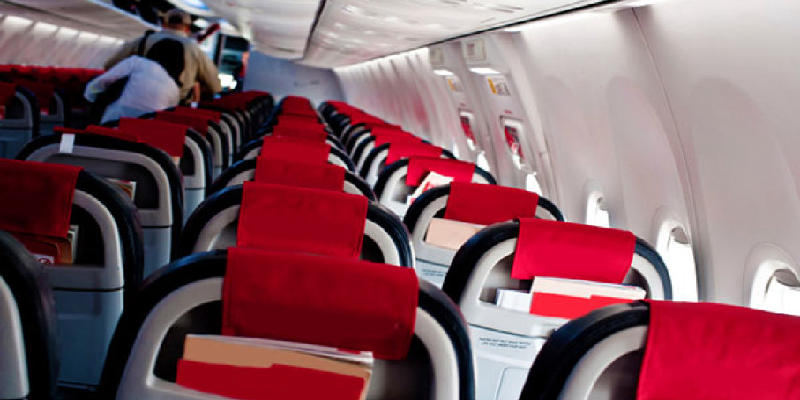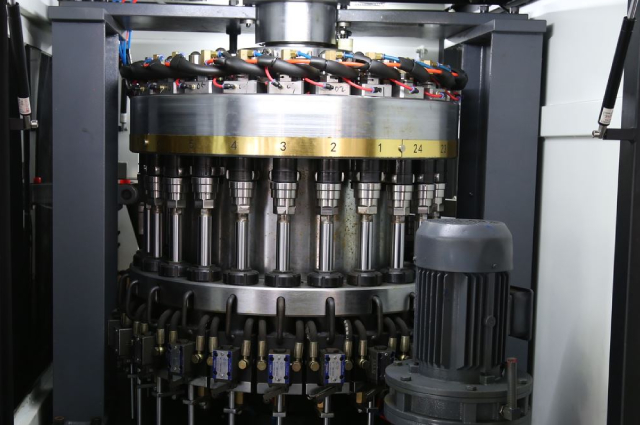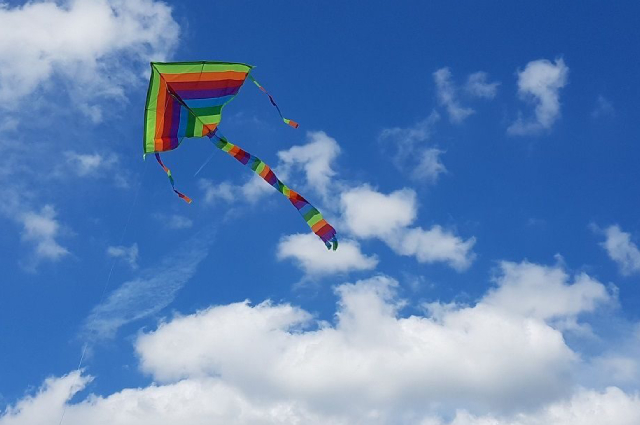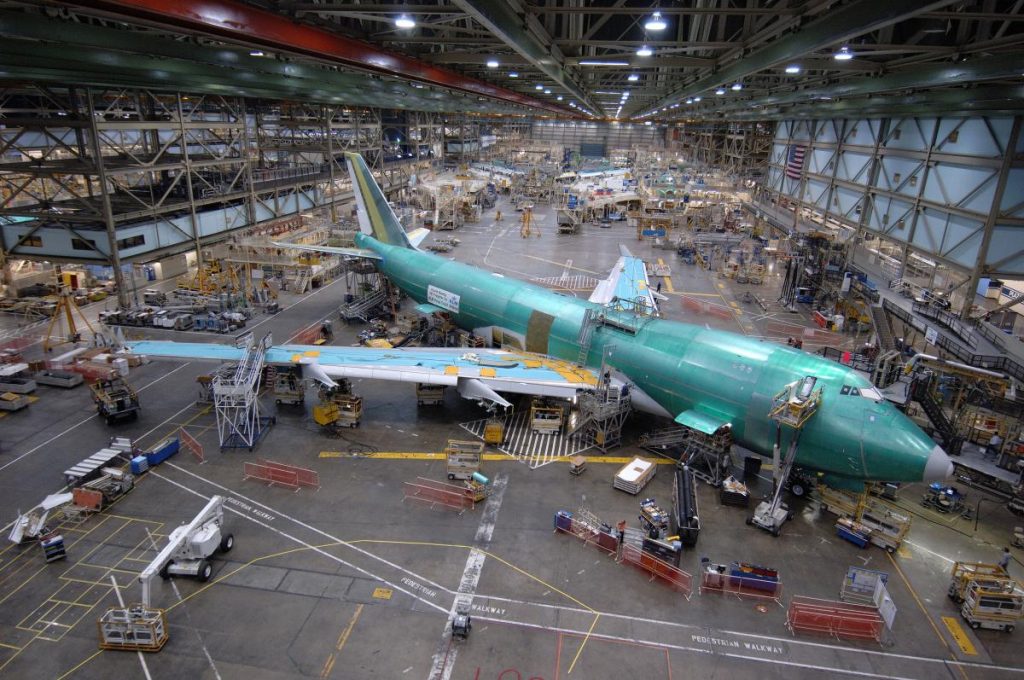Airplanes are pressurized to a maximum of 8,000 feet. Typical airplane cabin altitudes are 6,000 to 7,000 feet. The cabin is pressurized by the cabin air system, which also controls airflow, air filtration and temperature.
Before each and every flight takes to the sky, flight attendants conduct a safety briefing for all passengers. As part of this routine, passengers are instructed on how to handle a cabin depressurization, including how to use the oxygen masks that will Best place to buy essays online for different topics automatically deploy.
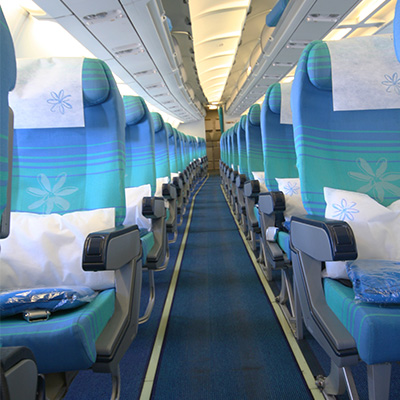
Cabin depressurizations are extremely rare events. In fact, airplanes are built with redundancies in place to prevent such occurrences. But in the unlikely event your plane does depressurize, the flight crew will perform a rapid descent to approximately 10,000 feet, where no supplemental oxygen is needed. Once the plane is stabilized at this altitude, the pilots will divert and land at the closest available airport.
Here are a few tips for dealing with cabin depressurization:
Try to stay calm and breathe normally.
Pull sharply on the oxygen mask that will automatically drop in front of you to get the oxygen flowing.
Put the mask over your mouth and nose, then tighten the strap.
If you are traveling with a small child or an infant, put your mask on first, then help the child.
Read Also : Here’s How To Make Flight Travel Easy While Pregnant!

